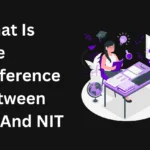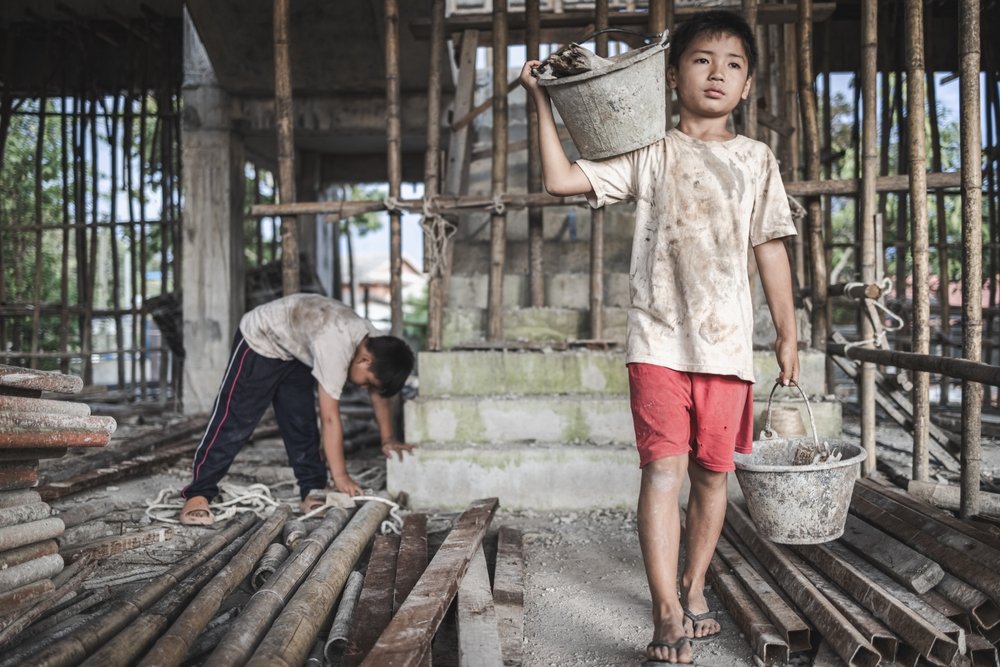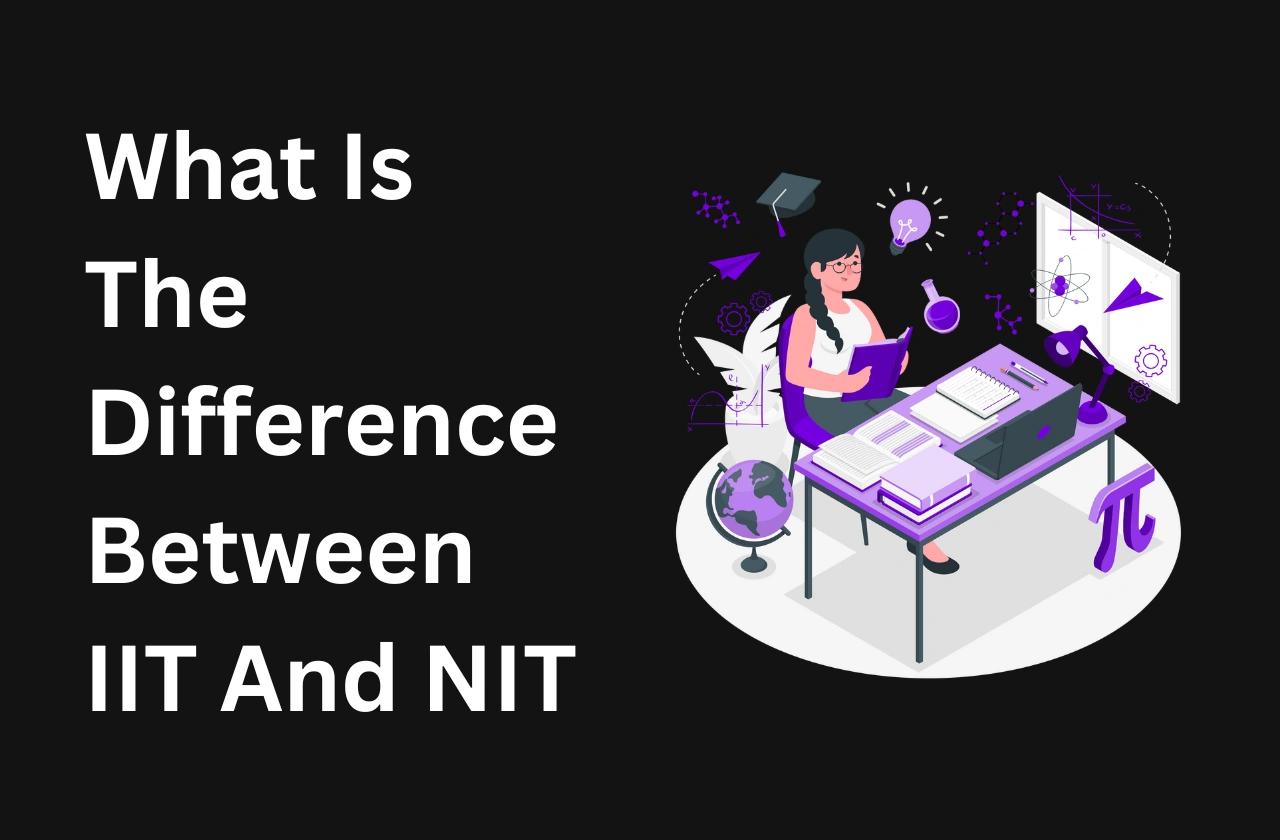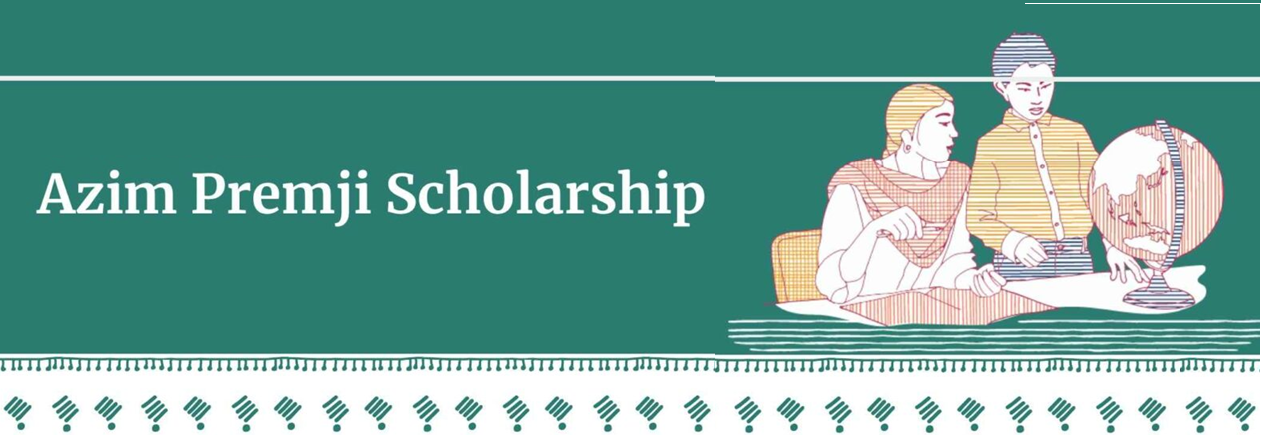There is more to poverty than mere lack of income. It also includes aspects such as education, healthcare, and living standards. The measurement was hence introduced as the Multidimensional Poverty Index (MPI). While understanding the same goes for the UPSC aspirant as it throws light on the very multi-dimensional nature of poverty, MPI will also help inform policies regarding how to reduce the scaling of poverty.
What is the Multidimensional Poverty Index (MPI)?
The Multidimensional Poverty Index (MPI) is a very thorough deprivation index that takes into account poverty, which comprises the three primary deprivations of health, education, and living standards. The index was developed by the Oxford Poverty and Human Development Initiative (OPHI) and the United Nations Development Programme (UNDP).
Dimensions and Indicators of MPI:
- Health:
Nutrition: Access to adequate nutrition.
Child Mortality: Incidence of child mortality within households.
- Education:
Years of Schooling: Total years of formal education completed.
School Attendance: Enrollment of school-aged children.
- Living Standards:
Cooking Fuel: Type of fuel used for cooking.
Sanitation: Access to improved sanitation facilities.
Drinking Water: Availability of safe drinking water.
Electricity: Access to electricity.
Housing: Quality of housing infrastructure.
Assets: Ownership of essential household assets.
Individuals are classified as multidimensionally poor if they experience deprivations in at least 33% of these weighted indicators.
Significance of MPI in Policy Formulation
It is a good instrument for them to clarify the multiple deprivations affecting the poor. Instead of giving poverty as finally assessed as for usual measurement, it gives information about how factors combine to cause poverty and interventions can be focused on again. Target measures from priority areas are best done using such data.
India’s National Multidimensional Poverty Index
According to international standards, India introduced its National Multidimensional Poverty Index (NMPI) through NITI Aayog. The NMPI collects national family health survey data to assess poverty across states and union territories.
Key Findings from India’s NMPI:
The average percentage of people living in multidimensional poverty decreased from 24.85% between 2015 and 2016 to 14.96% between 2019 and 2021, indicating that approximately 135 million people have moved out of poverty worldwide within that period.
Contrasting by Geography: At the rural level, these figures show a decline in multidimensional poverty from 32.59% to 19.28% between rural areas, whereas urban areas decreased their rate from 8.65% to 5.27% with the void that existed between rural and urban poverty levels.
Performance by State: Bihar (33.76), Jharkhand (28.82), and Uttar Pradesh (22.93) constituted the highest percentages of multidimensionally poor people. The lowest poverty, according to Kerala (0.71), Goa (3.76), and Sikkim (3.82), is therefore concluded.
The frontline States in the most scourging sufferings induced by multidimensional
- poverty are Bihar (33.76%), Jharkhand (28.82%), and Uttar Pradesh (22.93%).
- The most well-to-do states in terms of poverty are Kerala (0.71%), Goa (3.76%), and Sikkim (3.82%).
Health Indicators: These are mainly high rates of malnutrition and inadequate access to health care.
Education Indicators: educational infrastructure deficiency and dropouts.
Living Standards Indicators: limited access to clean cooking fuel, sanitation, and electricity.
Government Initiatives to Reduce Multidimensional Poverty
Several initiatives have been launched to address the various dimensions of poverty:
- Under Pradhan Mantri Ujjwala Yojana (PMUY): women from BPL households get complimentary LPG connections, therefore enhancing their access to clean cooking fuel.
- Under the Swachh Bharat Mission (SBM): the second goal is to develop sanitation facilities nationwide.
3 . Ayushman Bharat: Imparts health coverage to the economically vulnerable sections and so reduces deprivation due to health.
- 4. Sarva Shiksha Abhiyan: This project is aimed at strengthening access to education and infrastructure.
Conclusion
As an aside under the Multidimensional Poverty Index (MPI), an entire framework is made possible for understanding poverty not just in terms of income deprivation or in-kind material resources. India has significantly succeeded in reducing multidimensional poverty, but such a challenge remains to be quite pertinent to rural areas and marginalized communities. Specialized, targeted interventions would, therefore, be extremely critical to realizing inclusive growth or holistic poverty alleviation. The concept of MPI is, thus, very important for a UPSC aspirant to understand poverty and its multiple dynamics to contribute towards meaningful policy discourse on this topic. India has indeed developed a more accurate measure of poverty through multi-dimensionality, and thus, has widened its possibilities for development that is inclusive and sustainable. Understanding the MPI is not about a statistic; it is an exercise of walking toward a vision of a poverty-free future.
Also Read: Human Resource Management: A Strategic Blueprint for Success











